Bikes and riders tackle the climbs
The third road leg of the 2008 Tour of California can easily be considered the race's queen stage....
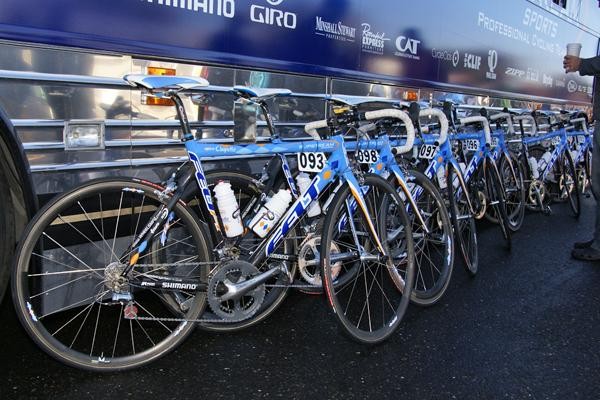
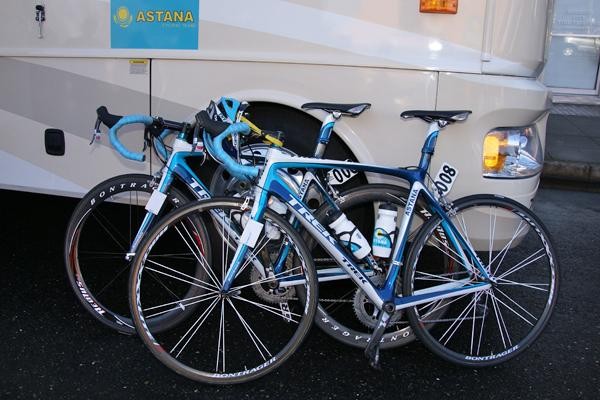
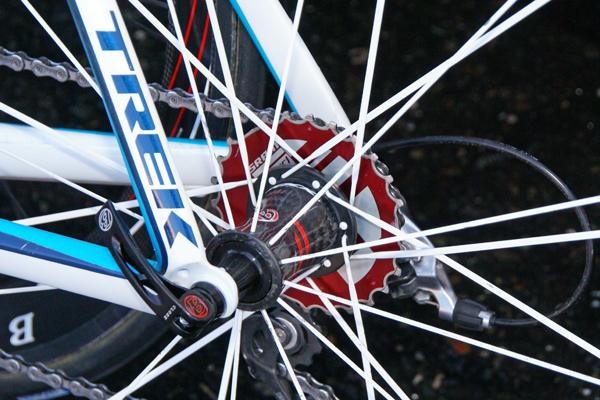
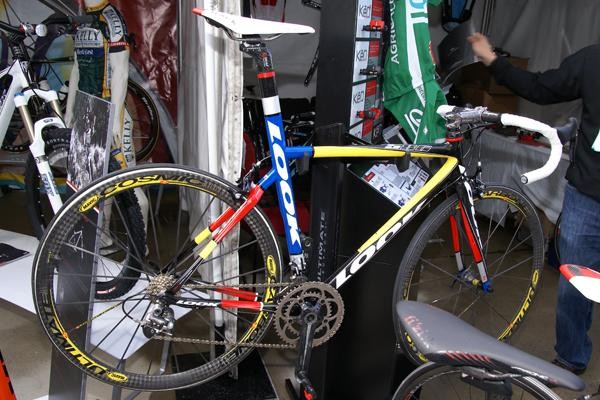
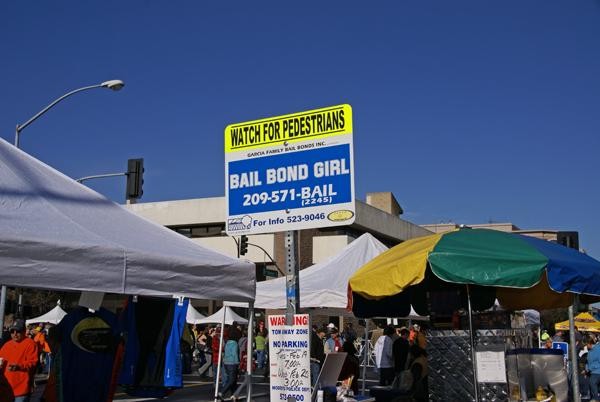

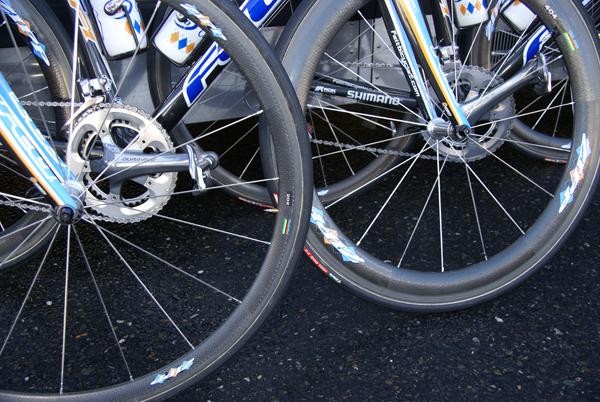
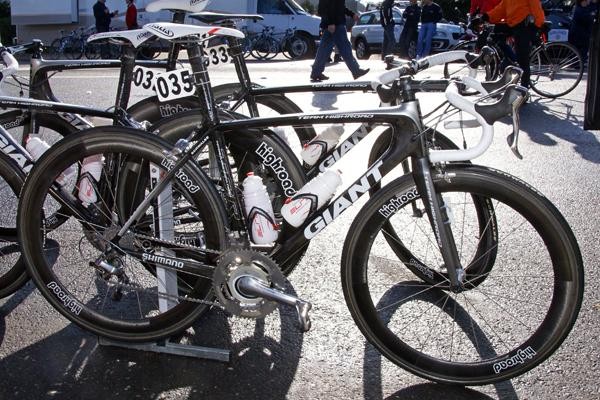
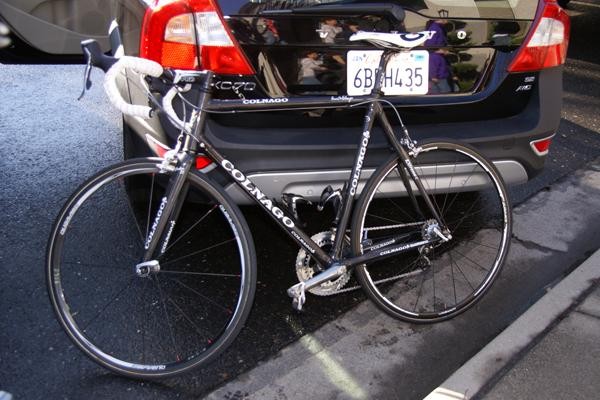

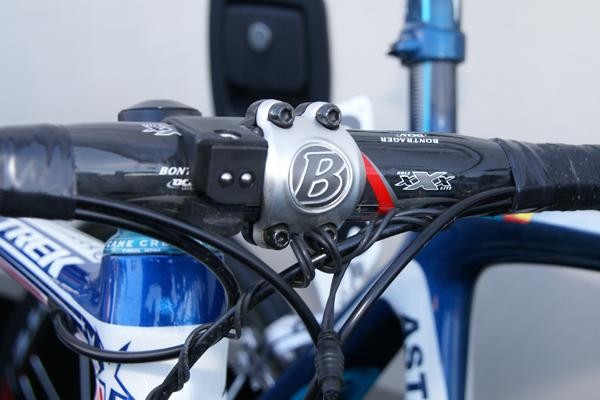
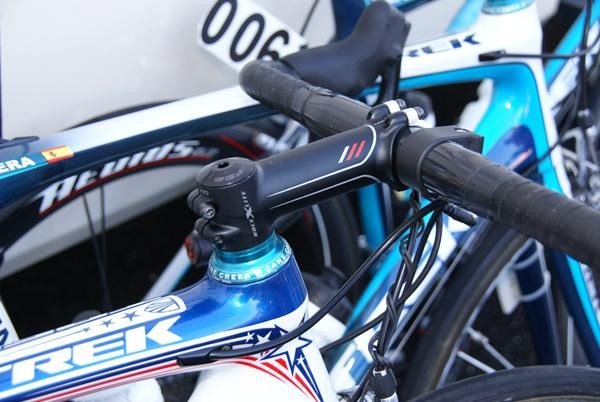
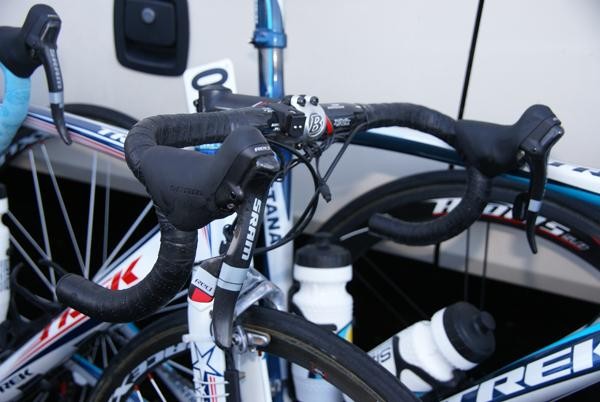

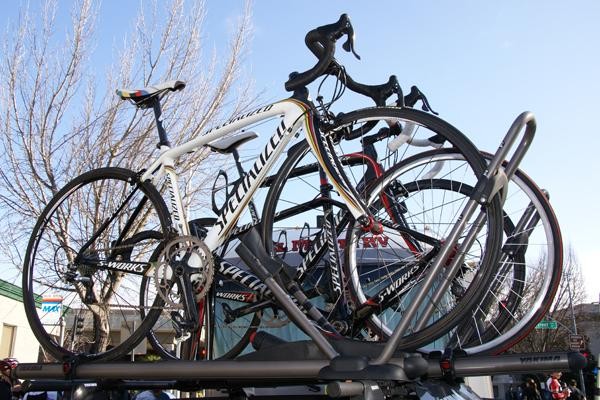
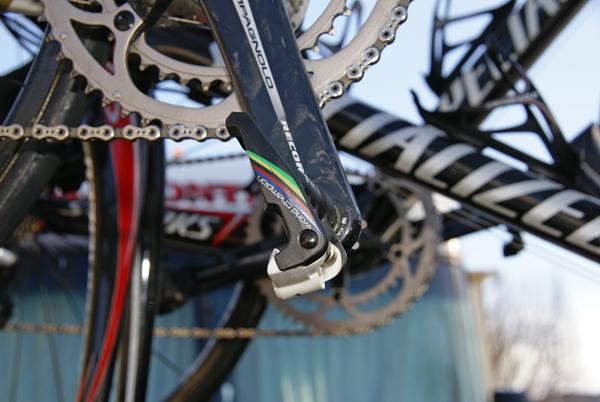
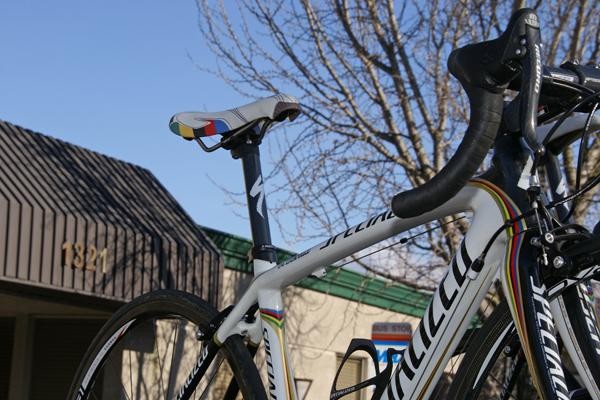

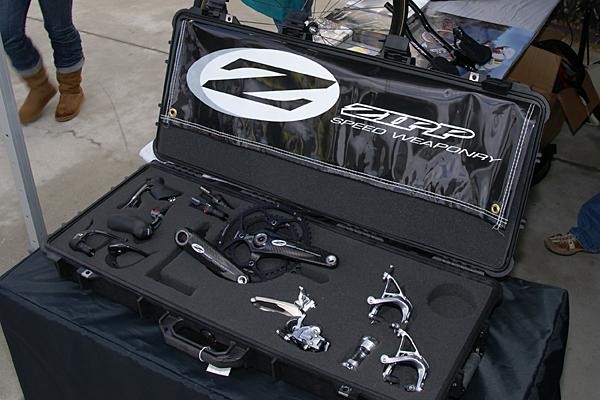
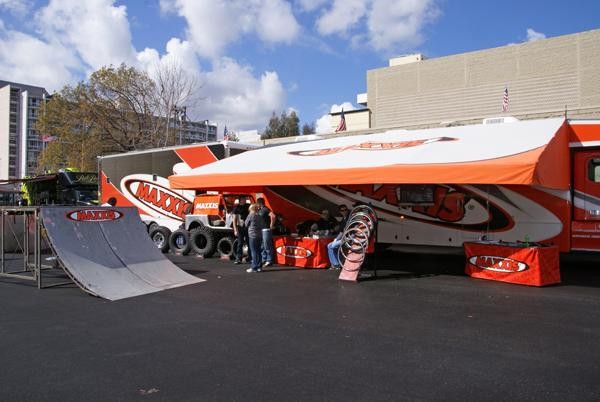
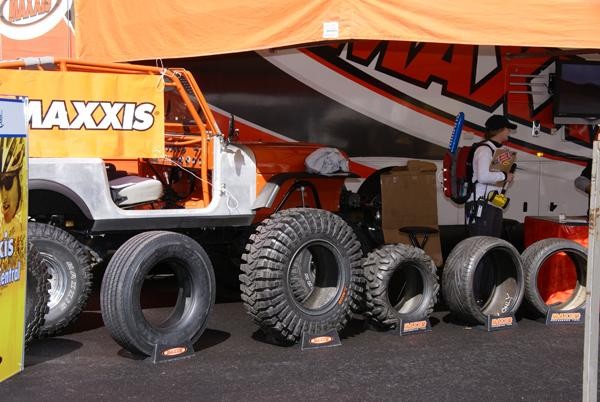



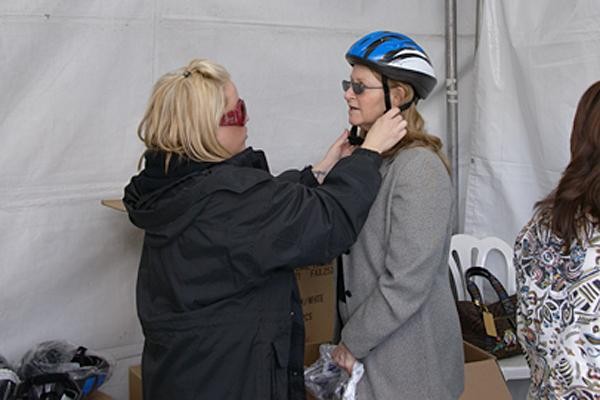
Race Tech: Tour of California, February 21, 2008
The third road leg of the 2008 Tour of California can easily be considered the race's queen stage. The 152.2km (103mi) route takes the riders from Modesto to San Jose but with five designated climbs along the way including three Category 4 rises, the demanding Sierra Rd. Category 1 ascent just 29km (18mi) from the finish, and the monstrous 1259m (4130ft)-high Mt. Hamilton hors categorie climb sitting in between.
Such a stage used to involve major changes in equipment to ease the riders' journey upwards but with so many bikes already pegged at the UCI-mandated 6.8kg (15.0lb) weight limit, those changes have grown fewer and farther between for risk of dropping too low on the scale. The question of weight has increasingly become more a matter of budgeting where to put it instead of cleaving off as many grams as possible.
Cervélo's Gerard Vroomen has long held the idea that aerodynamics are usually more important than light weight in most climbing stages and it's hard to counter his argument. While minimal mass is always nice, the time actually spent on the climb itself is often quite short and the average speed even on a climbing stage is typically still fairly high. Moreover, riders can enjoy particularly substantial benefits from aero equipment on fast run-ins leading up to the climbs (leaving them with more energy to ascend), not to mention on the way down as well. As Vroomen told us a while back, "The [light bike] would win the "let's hold our bikes over our head" contest, the [pretty light but aero bike] would win the bike race."
The Tour of California peloton seemed largely split on the idea. For example, most (but not all) of the riders on the Slipstream/Chipotle and Astana teams had swapped to lighter-weight climbing wheels: Zipp's shallow-section 202 tubulars in the case of Slipstream/Chipotle; Bontrager's Race XXX Lite hoops for Astana. In contrast, Team High Road was still on the Zipp 404 tubulars that it had been running in Stages 1 and 2.
The question of weight may also create another problem for the Astana team, though, and we're not talking in terms of race invitations. We profiled Levi Leipheimer's Trek Madone last year at the Critérium du Dauphiné Libéré where it hit the scales at 7.03kg (15.5lb) with a pair of Bontrager Race XXX Lite tubular wheels. At the time, his Discovery Channel machine was built around Trek's mid-level Black Series OCLV Madone 5.2 frameset and was fitted with a Shimano Dura-Ace group along with an SRM power meter.
Trek has provided Leipheimer's new Astana crew with its latest Red Series OCLV Madone 6.9 frames and last year's Dura-Ace group has been traded in for SRAM Red. In comparison to last year's bike, the Red Series OCLV frame drops 120g, the SRAM Red gruppo another 200g or so and some of the Astana riders aren't even using power meters. For the ones that are, SRAM's PowerMeter Pro saves another 35g or so over the SRM one that is built around a Dura-Ace crankset. Leipheimer's fork is also fitted with a carbon steerer that drops another 90g relative to the alloy one of his teammates (although Trek Road Brand Manager Scott Daubert says that the rest of the team will all be so-equipped once the next batch of frames is completed).
Get The Leadout Newsletter
The latest race content, interviews, features, reviews and expert buying guides, direct to your inbox!
Add that all up and what do we get? Quite a bit more than the 230g it would take to get Leipheimer's bike down to the 6.8kg mark.
According to Daubert, Trek and Astana are well aware of the issue and have developed an interesting solution: rivnuts installed on the underside of the bottom bracket shell for all team bikes. The team-only modification will allow mechanics to bolt additional weight directly to the bottom of the frame in order bring the team bikes up to spec when the climbs hit. This places the extra mass down low, keeping the center of gravity as close to the ground as possible and also minimizing so-called 'pendulum' mass.
Adding mass to bring an underweight bike back up to legal isn't a new idea, but this is the first instance we've seen where a mechanism for attaching weight has been built directly into the bike instead of randomly taping and strapping bits wherever it was convenient.
Daubert must have been speaking in the future tense, though, as we saw no such fittings as of the start of this morning's stage. We didn't have the opportunity to weigh Leipheimer's bike this morning so we can't verify what it weighed, but we have to assume that it was legal and likely just barely. But even so, where was the extra weight? Beats us.